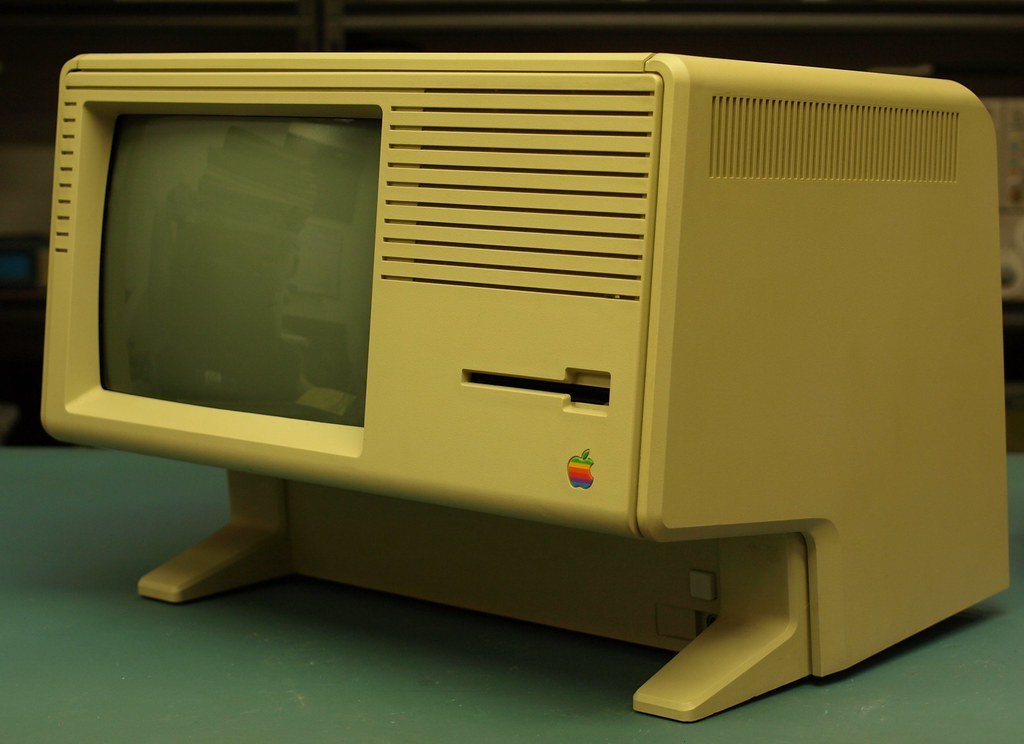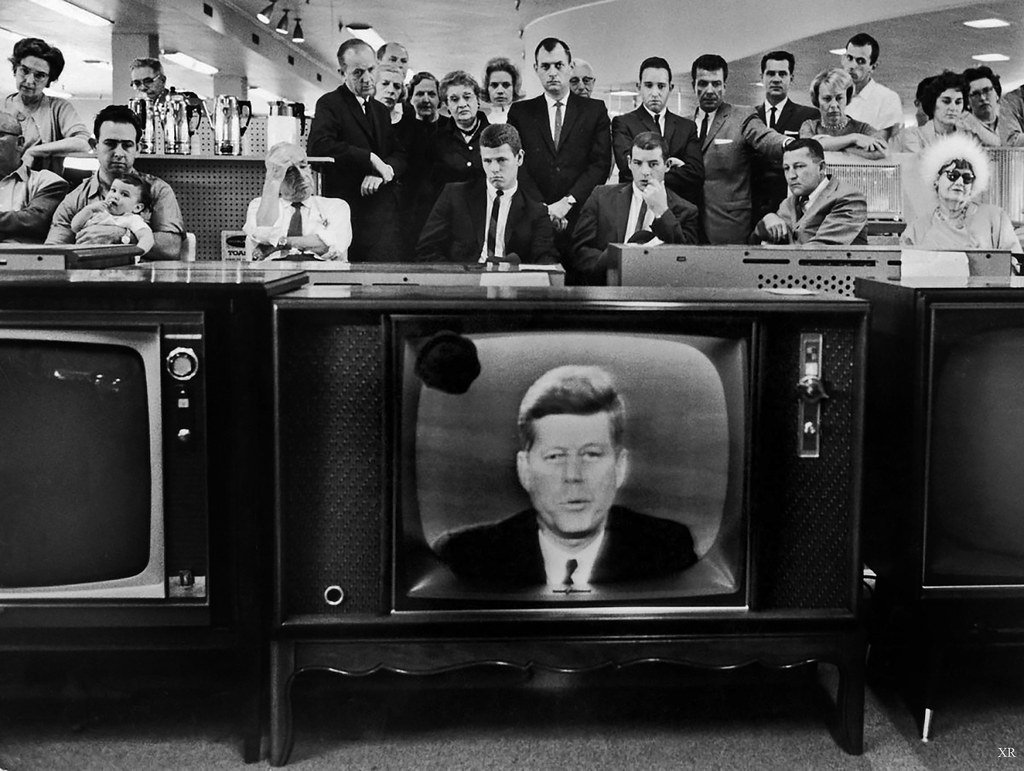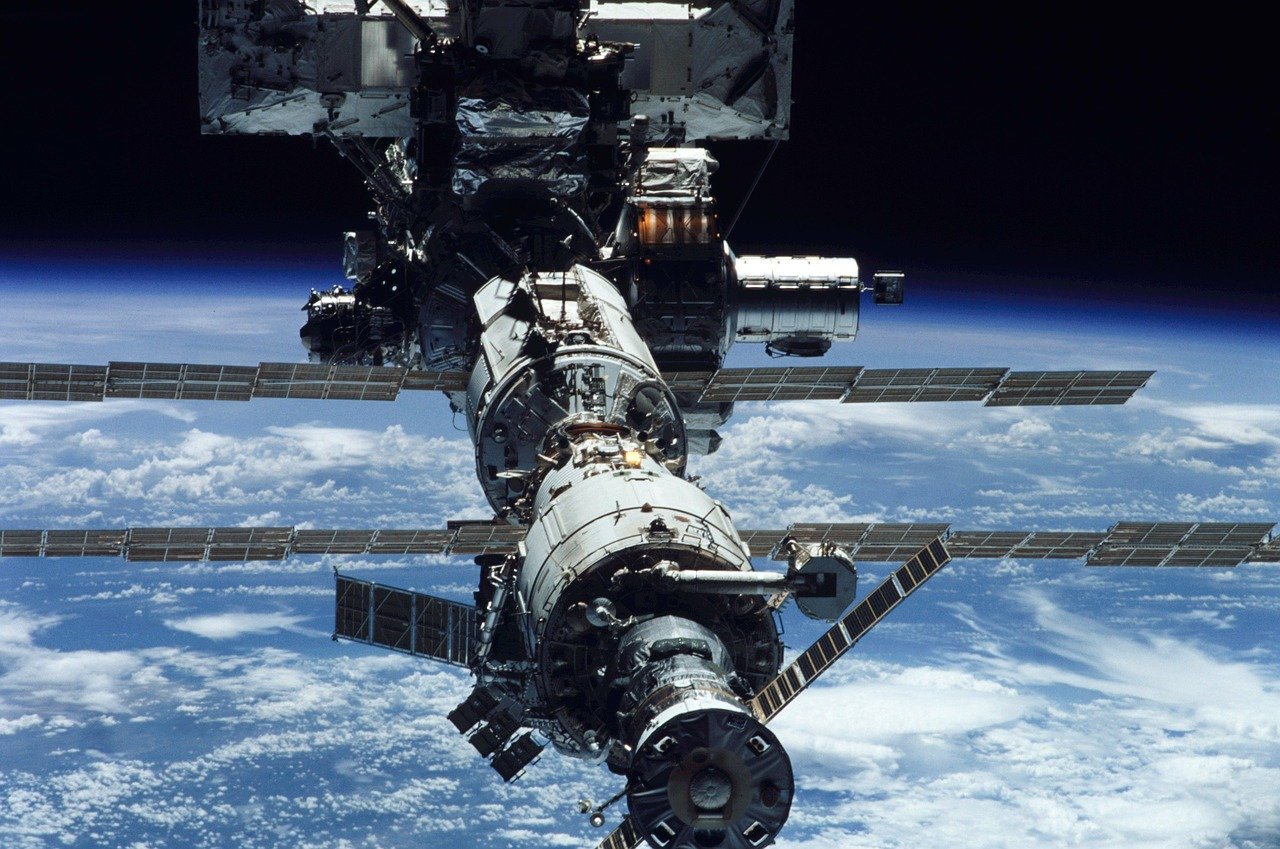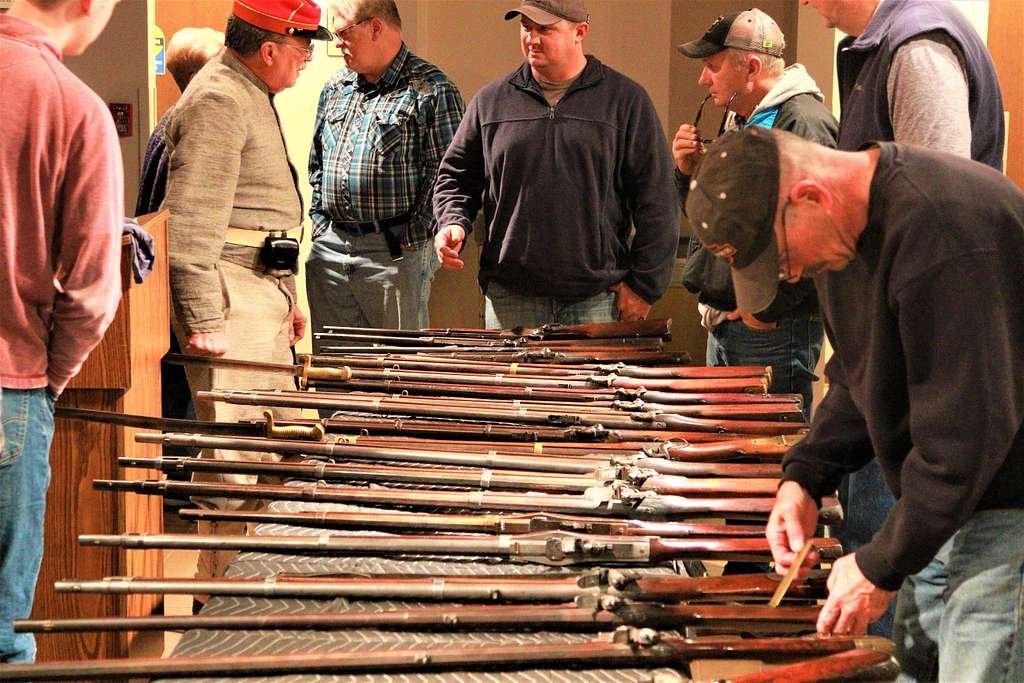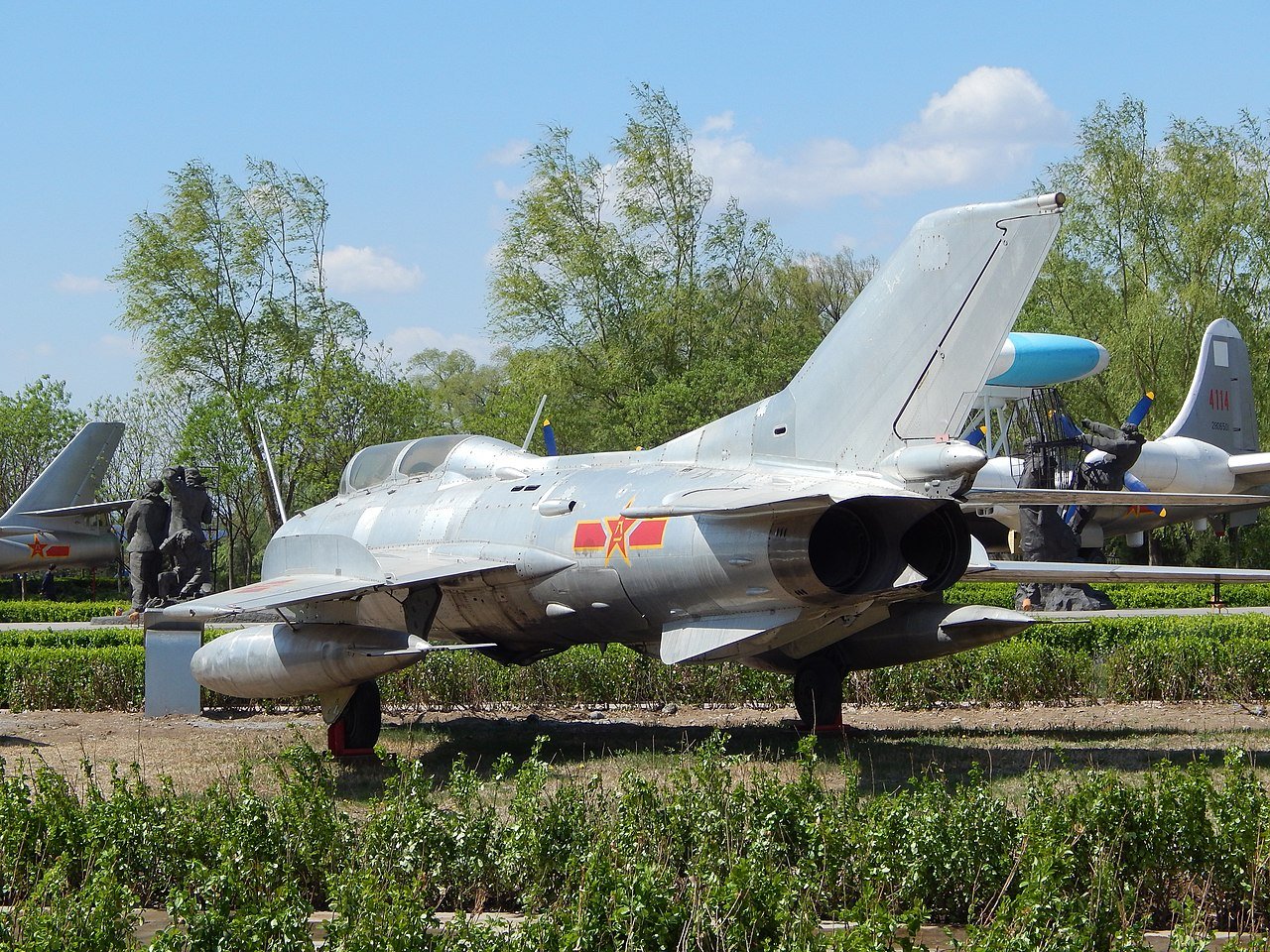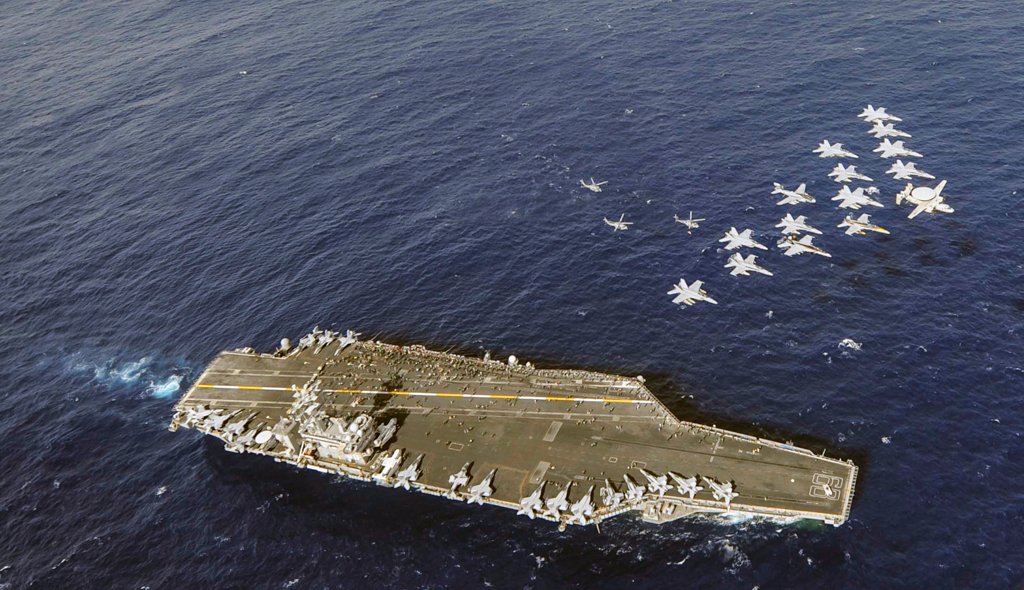Firearms have shaped the course of human history in profound ways. From their earliest origins as rudimentary devices to the technologically advanced weapons of today, the evolution of firearms is a testament to human ingenuity and the changing dynamics of warfare, hunting, and personal defense. This comprehensive guide takes you on a journey through time to explore the fascinating history of firearms, highlighting their pivotal role in shaping societies, cultures, and global conflicts.
Table of Contents
When were guns first invented?
The concept of firearms, which are weapons that use gunpowder to propel a projectile, has its origins in ancient China—the first documented use of gunpowder in warfare dates back to the 9th century during the Tang Dynasty. Chinese inventors initially developed simple firearms called “fire lances,” which were essentially tubes filled with gunpowder and shrapnel.

The earliest recorded use of a firearm as a weapon in battle occurred in 904 AD, during the Chinese Song Dynasty. These early firearms were relatively crude and had limited range and accuracy.
Over time, the technology behind firearms evolved, leading to the development of more sophisticated firearms like muskets in Europe during the 15th century. These advancements laid the foundation for the firearms we are familiar with today.
What are the seven functions of a gun?
Firearms, depending on their type and design, can have various functions and features. Here are seven fundamental functions or actions that are commonly associated with firearms:
1. Firing
This is the primary function of a firearm. When the trigger is pulled, it initiates the firing sequence, which includes igniting the gunpowder in the cartridge and propelling the bullet down the barrel.
2. Chambering
After firing a round, the firearm must eject the spent cartridge case and chamber a new round from the magazine or ammunition source in preparation for the next shot.
3. Ejecting
The spent cartridge case, after firing, is typically ejected from the firearm to clear the chamber for the next round. This is especially important in semi-automatic and automatic firearms.
4. Locking
In some firearms, the action locks or secures the breech (the rear part of the barrel) during firing to contain the high-pressure gases generated by the ignited gunpowder.
5. Feeding
Firearms with magazines or ammunition feeds must have a mechanism to feed the next round into the chamber after the previous one is fired.
6. Cocking
Many firearms require the hammer or firing pin to be cocked or readied before they can be fired. This can be done manually (as in single-action revolvers) or automatically as part of the cycling process (as in semi-automatic pistols).
7. Safety
Firearms often include safety mechanisms to prevent unintentional discharges. These mechanisms may include manual safeties, trigger safeties, and drop safeties.
It’s important to note that the specific functions and mechanisms can vary widely between different types of firearms, such as pistols, rifles, shotguns, and submachine guns. Additionally, semi-automatic and fully automatic firearms have different actions and functions. Proper knowledge and training in firearm handling and safety are crucial for anyone who owns or uses firearms.
What are the 4 main parts of a gun?

A firearm consists of several components, but the four main parts that are essential for its operation are:
1. Barrel
The barrel is a long, cylindrical tube through which the bullet travels when the firearm is fired. It has rifling inside (in most cases) to impart spin to the bullet for stability and accuracy.
2. Action
The action is the mechanical system that loads, fires, and ejects cartridges (ammunition). There are different types of actions, including bolt-action, semi-automatic, and lever-action, each with its own mechanism for cycling ammunition.
3. Stock
The stock is the part of the firearm that the shooter holds and shoulder when firing. It provides a stable and comfortable platform for aiming and firing the weapon. Stocks can be made of various materials, including wood, synthetic materials, or metal.
4. Receiver
The receiver is the central part of the firearm that houses the action and provides a structure to which other components are attached. It also contains the trigger assembly and typically includes the chamber, where the ammunition is loaded before firing.
These four main parts form the core of a firearm, with additional components like the trigger, magazine, sights, and safety mechanisms complementing the overall design. The combination of these parts determines the type and function of the firearm, whether it’s a pistol, rifle, shotgun, or another variation.
What is the cycle time of a gun?
The cycle time of a gun refers to the time it takes for the firearm’s action to complete a full firing cycle, including the processes of firing, extracting the spent cartridge case, ejecting it, chambering a new round, and resetting the firing mechanism for the next shot. The cycle time can vary significantly depending on the type of firearm and its design.
Here are some approximate cycle times for different types of firearms:
1. Semi-Automatic Pistols
Semi-automatic pistols typically have a cycle time of around 0.1 to 0.3 seconds. This means they can fire one round and cycle the action to chamber the next round in a fraction of a second.
2. Bolt-Action Rifles
Bolt-action rifles have a slower cycle time, usually around 2 to 3 seconds. This is because the shooter must manually operate the bolt to eject the spent cartridge and chamber a new round.
3. Semi-Automatic Rifles
Semi-automatic rifles, like the AR-15, have cycle times similar to semi-automatic pistols, around 0.1 to 0.3 seconds.
4. Fully Automatic Firearms
Fully automatic firearms, such as machine guns, have speedy cycle times, typically around 0.05 to 0.1 seconds. These firearms can continuously fire as long as the trigger is held down.
It’s important to note that cycle times can vary depending on factors like the design of the firearm, the caliber of ammunition, and the skill of the shooter. Additionally, some firearms may have adjustable cyclic rates, allowing the shooter to control the cycle time to some extent.
The history of firearms is a compelling narrative that weaves together the threads of innovation, conflict, and societal transformation. These weapons have not only revolutionized warfare but have also left an indelible mark on hunting, self-defense, and sport shooting. To truly appreciate the significance of firearms in our world, we must embark on a chronological journey, starting with their early beginnings.
The Early Beginnings
The history of firearms has its genesis in the ancient world, where the ingenious inventors of ancient China pioneered the concept of launching projectiles with gunpowder. The 9th century they have witnessed the birth of the first “fire lances,” rudimentary yet groundbreaking devices that marked the earliest foray into the realm of guns. These early experiments, with gunpowder at their core, set the stage for the evolution of more sophisticated firearms. They paved the way for the development of firearms that would go on to change the course of history, becoming indispensable tools of warfare, defense, and sport shooting in the centuries that followed.
The Age of Muskets

The Age of Muskets marked a transformative period in the history of guns, spanning the 15th to 18th centuries. It was characterized by the widespread adoption of muskets, smoothbore firearms that loaded from the muzzle. These guns fundamentally reshaped the dynamics of warfare during this era, becoming integral to some of history’s most momentous conflicts. The English Civil War and the American Revolutionary War bore witness to the immense firepower of muskets, where armies armed with these guns clashed in battles that would define the course of history. The musket’s influence extended beyond the battlefield, permeating society and culture, as these guns became symbols of power, revolution, and a new era in firearms technology.
The Revolvers and Repeaters
The mid-19th century ushered in a period of extraordinary innovation as firearms transitioned into the age of revolvers and repeating mechanisms. Samuel Colt’s groundbreaking invention of the pistol and the concurrent development of lever-action rifles by esteemed companies like Winchester and Henry marked a transformative phase in the world of guns.
These new firearms offered a level of versatility and firepower previously unimaginable. Revolvers, with their rotating cylinders capable of holding multiple rounds, provided users with quick and reliable firepower, making them a popular choice for personal defense. Simultaneously, lever-action rifles, with their ability to fire multiple rounds before reloading, revolutionized hunting, providing hunters with a significant advantage. These advancements marked a turning point in the history of guns, paving the way for further innovations in the years to come.
World Wars and Modern Firearms
The 20th century bore witness to a profound transformation in firearms technology, catalyzed by the crucible of two world wars. These global conflicts accelerated the development and widespread adoption of modern firearms. Bolt-action rifles, exemplified by the M1903 Springfield and the Lee-Enfield, offered precision and reliability to foot soldiers.
Meanwhile, semi-automatic pistols such as the Colt M1911 became sidearms of choice for many armed forces. Submachine guns, typified by the German MP40, redefined close-quarters combat. These iconic firearms, etched into history through their service in the hands of soldiers, highlighted the crucial role of firepower in 20th-century warfare, forever altering the landscape of military strategy and tactics.
The Firearms Revolution
The Firearms Revolution of the latter 20th century marked a pivotal turning point in firearms technology. This era saw the birth of iconic firearms like the AK-47, renowned for its reliability and global proliferation. The AR-15, a civilian variant of the military M16, introduced modularity and customization.

Meanwhile, the Glock pistol redefined sidearms with its polymer frame and innovative design. These weapons not only symbolized military prowess but also empowered civilians for self-defense. The Firearms Revolution reshaped the landscape of firearms, emphasizing versatility, ease of use, and adaptability to diverse needs in an ever-changing world.
The Contemporary Landscape
In the contemporary landscape, guns have undergone a remarkable transformation, becoming intricate and highly adaptable tools. They now boast cutting-edge features like precision optics, customizable modular components, and digital enhancements that enhance accuracy and user experience. However, the 21st century also brings complex challenges as debates on gun control persist, emphasizing the need for responsible firearm ownership and regulation. Firearms today serve a multifaceted role, encompassing personal defense, competitive sport shooting, and recreational pursuits, reflecting the diverse and evolving nature of modern society’s relationship with these powerful instruments.
The Future of Firearms
The future of firearms presents an exciting yet complex landscape. Advancements in technology are poised to reshape how we perceive and interact with firearms. Smart guns, equipped with biometric recognition and safety features, offer potential solutions for reducing accidents and unauthorized access. Advanced materials, like carbon fiber composites, are making firearms lighter and more durable. Additionally, emerging technologies such as artificial intelligence and precision manufacturing promise improved accuracy and performance.
However, this future has its ethical and legal dilemmas. Questions about privacy, security, and the responsible use of technology in firearms abound. Striking a balance between innovation and regulation will be crucial as we navigate this uncharted territory in the world of firearms.
In tracing the remarkable journey through the annals of firearms history, we’ve uncovered a captivating narrative of invention, innovation, and impact. From the ancient origins of gunpowder weaponry to the cutting-edge firearms of today, this timeline has unveiled the evolution of human ingenuity and the ever-evolving dynamics of warfare, hunting, and self-defense. As we bid farewell to this chronological odyssey, we’re reminded that the history of guns is not a stagnant tale but an ever-unfolding epic shaped by technology, society, and the human quest for mastery over firearms. Our voyage through time leaves us with a deeper understanding of the pivotal role firearms play in our world.



